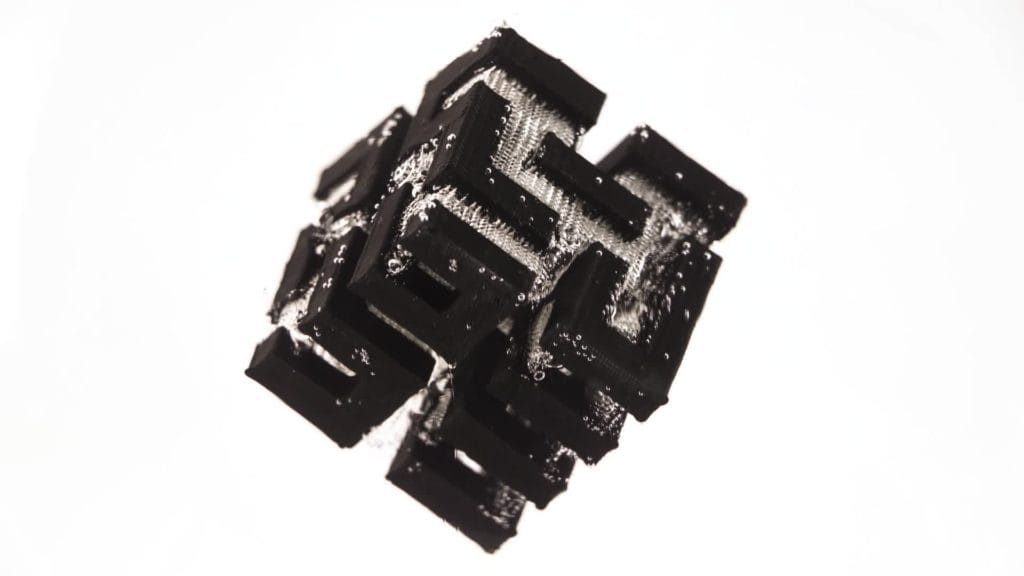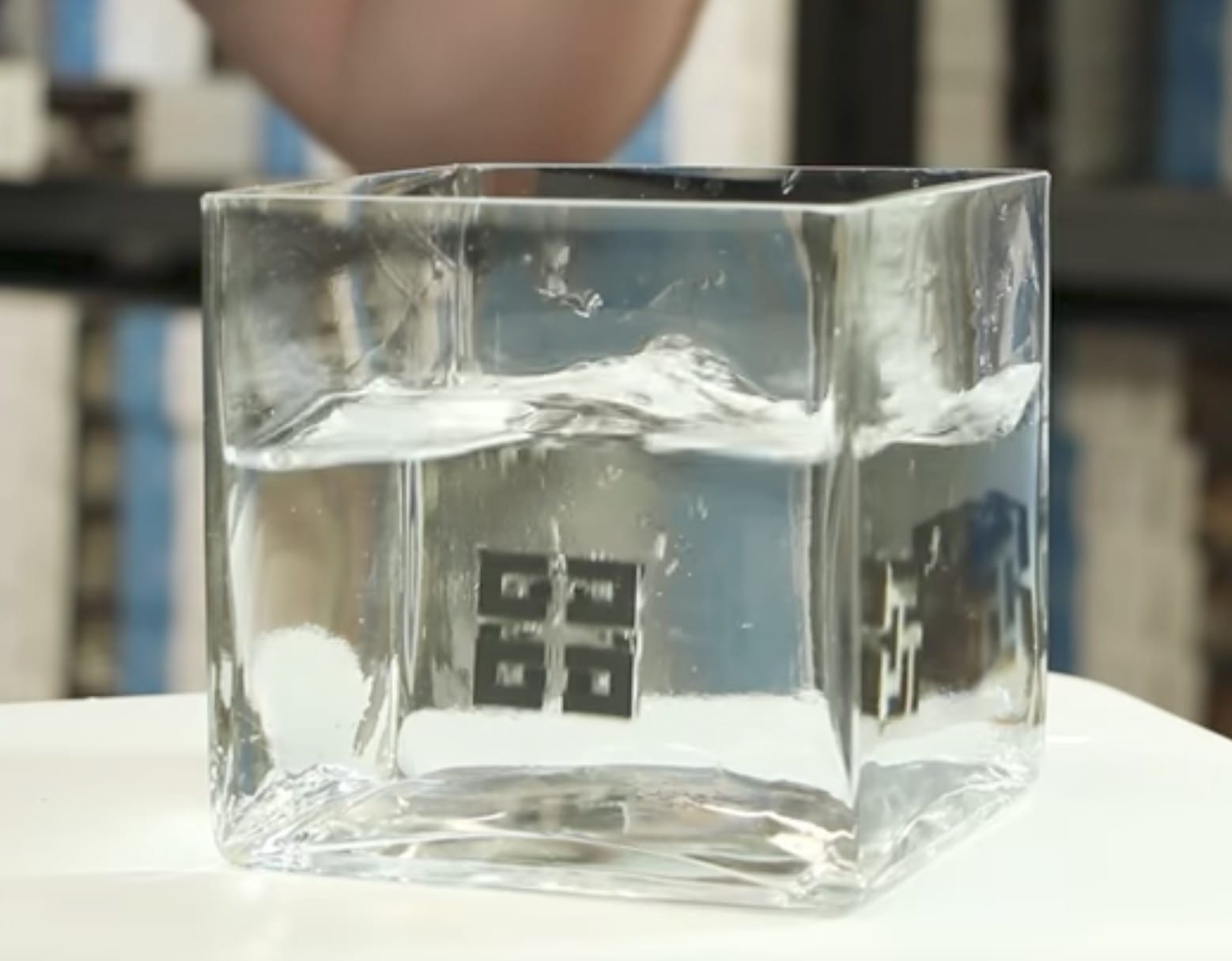
With the increase in the number of dual-material 3D printers recently, it’s no surprise there are new support materials emerging.
Dual-extruder machines have been around for some time now, with their original role mostly focused around the use of two different colors in desktop 3D printer. However, new interest in dual extrusion machines has been lit up by engineering and design uses.
Such uses of 3D printing technology require the production of unusual and precise objects used in mechanical applications, somewhat different than hobby applications where tolerances and precision may be of less importance.
To address this need several manufacturers have recently introduce dual-extrusion machines, where more than one filament is used during the same print job. No, it’s not for a secondary color – but could be if necessary. Instead it’s for support material, specifically dissolvable support material.
The key with dissolvable support material is that it enables use of support structures in ALL areas of the part. Non-dissolvable support structures, typically used in single-extrusion machines, worked, but would be problematic if, say, embedded within a structure where you couldn’t easily pick it out by hand.
You wouldn’t want to 3D print a closed channel intended for fluid flow having stray support structures inside it, would you?
The great benefit of dissolvable support structures is that they can be guaranteed to be entirely removed, regardless of their mechanical accessibility. Just drop the printed part into a solution and await the dissolve.
The first dissolvable support materials required speciality solutions, such as proprietary (and somewhat toxic) solutions from Stratasys, or in the case of HIPS, the commonly available limonene. PVA was one of the first materials available that dissolved (eventually) in pure water.
However, while PVA promised a lot of benefit, it turned out to be somewhat difficult to print with and similarly difficult to store properly.
Today there are multiple dissolvable support materials available, and one that’s just been announced is 3D-Fuel’s new aptly-named HydroSupport product. 3D-Fuel says it is entirely suitable for 3D printing “complex inner geometries or deep cavities”.
The new material acts and prints much like PLA, suggesting it’s quite easy to use, unlike PVA.
Once printed, you simply dump your print into plain old water and wait for the material to dissolve. But don’t try watching it do so, as it apparently takes between 12-24 hours to complete, depending on the amount of support material.

Of course, you could alternatively let it soak for a while and then after the support material loosens up, pick it off by hand.
I also think that the dissolving process would work faster if the water was heated and agitated continuously during this phase. However, that would require a special post-processing unit. I suspect that if interest in water-soluble supports increases, we may see inexpensive third party post processing machines emerge.
For now, however, you can get yourself a 500g spool of 1.75mm or 2.85mm HydroSupport from 3D-Fuel for USD$65. Pricey per kg, but if you need to 3D print unusual and precise shapes, this is what you must use.
Via 3D-Fuel

